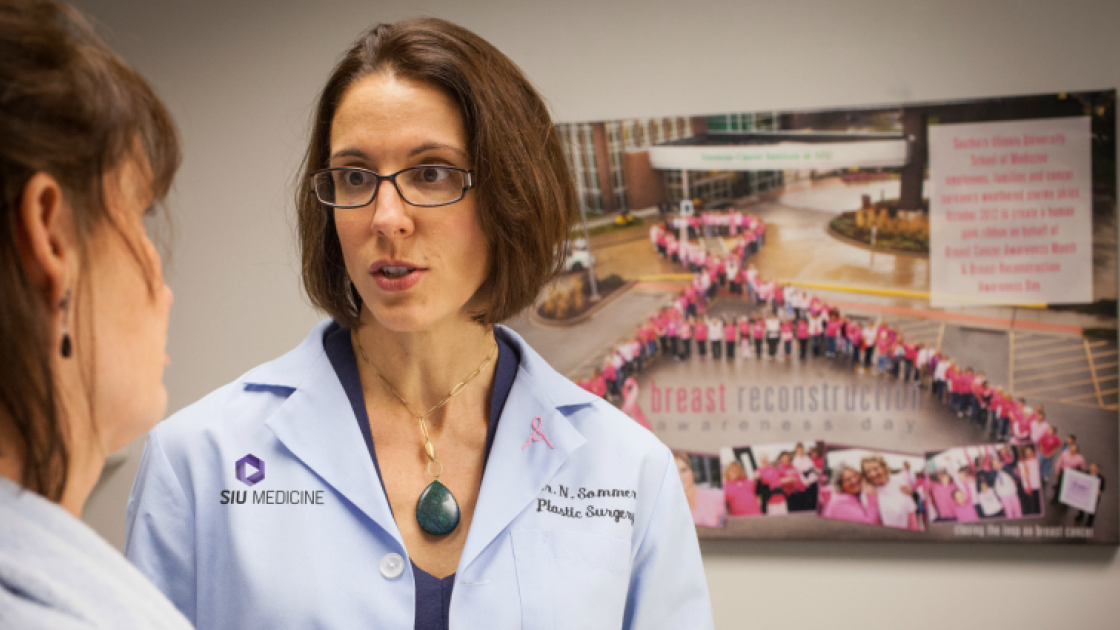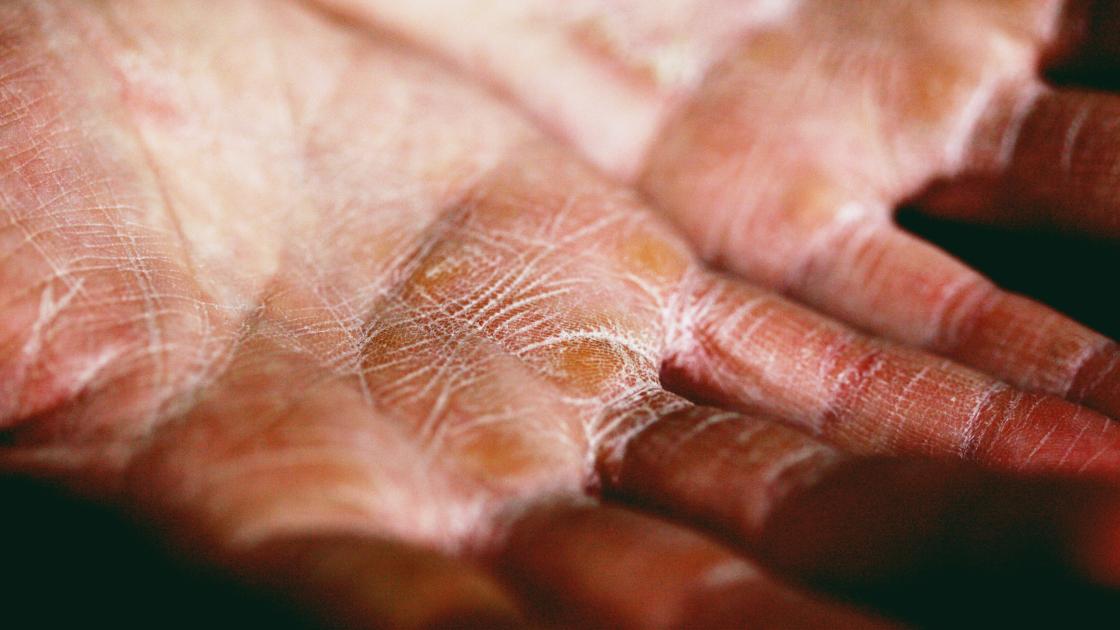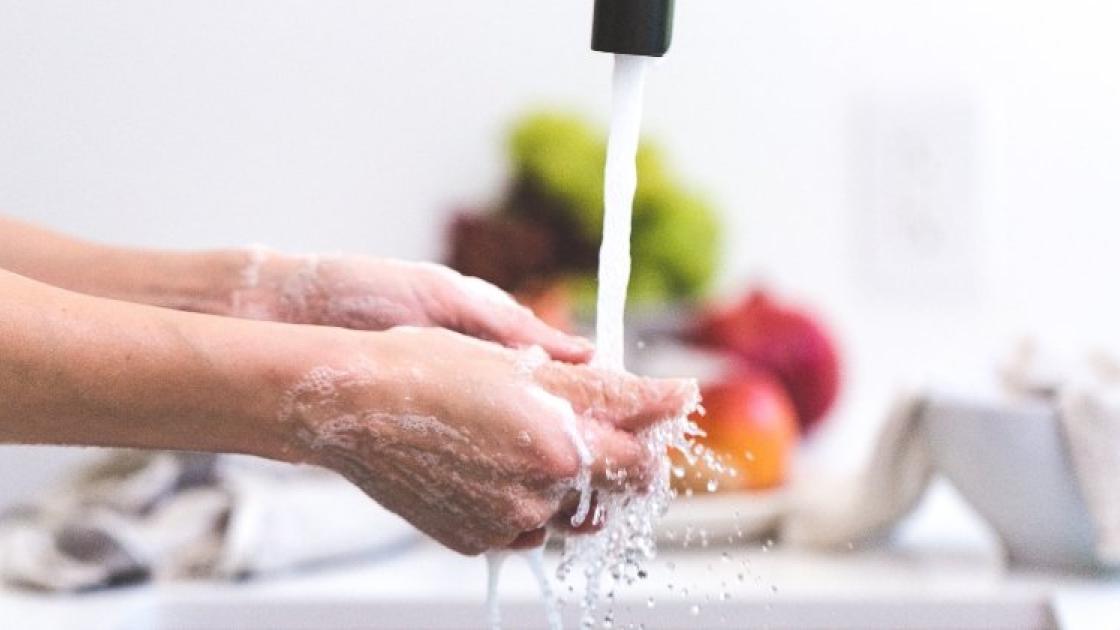
Life after cancer | A guide to breast reconstruction
No one wants to hear the words, “you have cancer.” For women, receiving a diagnosis of breast cancer can be especially hard. The experienced doctors at SIU Medicine understand the deeply personal and complicated decisions breast cancer patients encounter. SIU Medicine’s physicians are experts in helping you through this process. If you choose breast reconstruction, you’ll receive the best collaborative care, based on scientific research.
What are the benefits of breast reconstruction?
If you choose to have breast reconstruction surgery, your chest should look balanced when you wear a bra or swimsuit. Your breast mount is reconstructed, so you won’t need to wear a breast form that fits in your bra. This surgery does often leave scars. But, they tend to fade with time. After a mastectomy, breast reconstruction can also boost your self-confidence, helping you feel like yourself again.
What are your breast reconstruction options?
When choosing the right breast reconstruction surgery, you have options. To make the right choice for you, consult with your doctor about these factors:
- Your overall health
- Your breast size
- The size and location of your breast cancer
- Your desire to match the look of your other breast
- The extent of your breast cancer surgery
- The amount of tissue you have to use
- How soon you would like to recover
- Whether you will still need to be treated for cancer post-surgery
- Your feelings about having more than one surgery as part of the process
The two main types of breast reconstruction are implant and autologous, also known as flap. The implant type involves inserting an implant filled with silicone gel or salt water—referred to as saline. Implants is an easier surgery, and you will recover faster.
The flap method uses tissue taken from another part of your body, such as your thigh, stomach, or back. The flap option might also include an implant. You can choose whether you want to reconstruct your nipple or not. In some mastectomies, your nipple can be preserved. Flap surgeries are harder to do. They take more time and require a longer recovery.
What can you expect after breast reconstruction?
You may feel sore and tired for one to two weeks after implant surgery. With the flap method, you might experience these symptoms longer. Your doctor can give you medicine to help with pain. You may be discharged from the hospital with one or more drains. A drain is a small tube that is placed inside your wound. It takes out extra fluid from the surgery site while it heals.
Your doctor decides when the drains will be removed based on how much fluid is collecting each day. You may be bruised and swollen for 4-6 weeks. The scars will fade for one or two years after surgery. Breast reconstruction does not typically return normal feeling to your breasts after a mastectomy. However, some feeling might come back in time.
Recovering from breast cancer often requires many steps. Breast reconstruction surgery can be a vital step on the path to reclaiming your life.




